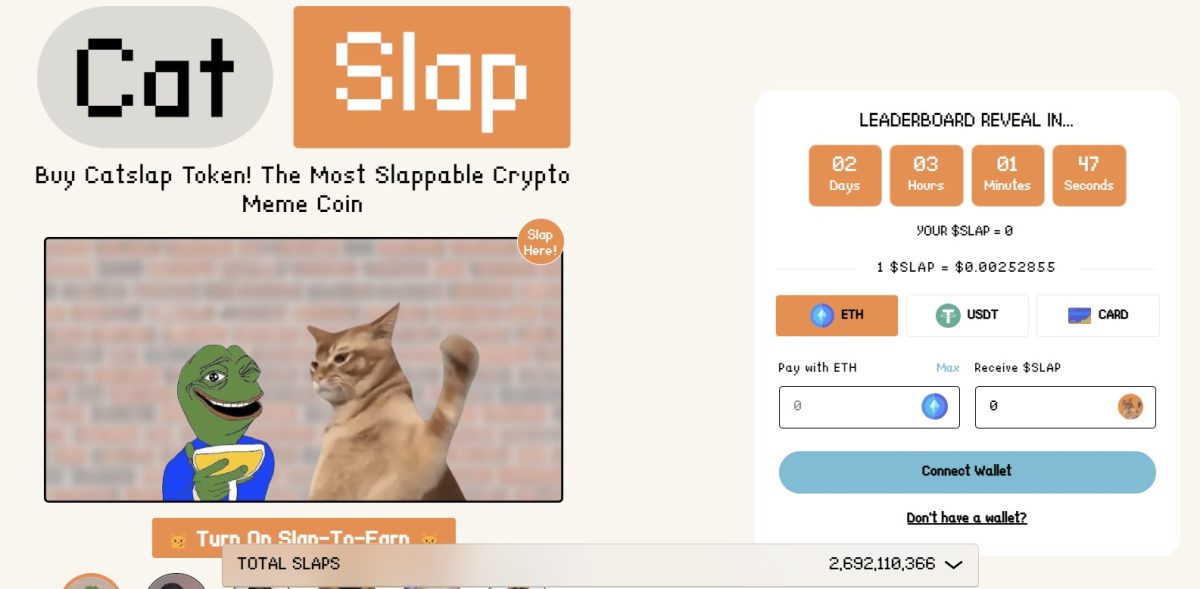ARTICLE AD
Ethereum’s evolution is marked by the adoption of Layer 2 scaling solutions (L2s), designed to alleviate the network’s congestion and high transaction fees.
L2s operate on top of Ethereum (Layer 1 or L1), processing transactions more efficiently before finalizing them on the main chain. However, this has led to a new challenge: each L2 functions in its isolated environment, creating silos that hinder interoperability—a state we refer to as fragmentation.
What is Universal Synchronous Composability (USC)?
The core issue with fragmentation is the loss of “universal synchronous composability” (USC), a feature allowing different applications to interact with each other seamlessly in real time. Imagine Ethereum as a bustling city where roads (L2s) connect buildings (applications).
Fragmentation is akin to having roads that don’t interconnect, forcing you to take a long detour to move from one building to another.
The proposed solution, “shared sequencing,” is like establishing a city-wide transit system that links all roads, enabling direct travel routes between any two points without detours.
To further simplify, consider shared sequencing as the internet of Ethereum. Just as the internet allows different computers to communicate directly regardless of their physical location, shared sequencing enables different L2s to interact seamlessly. This system removes barriers, allowing for immediate transactions across the network, akin to sending an email from one side of the world to the other in seconds.
Technical Explanation of Shared Sequencing
Shared sequencing coordinates the order of transactions across all L2 solutions on Ethereum. It uses a centralized mechanism to sequence transactions identically across different L2s without requiring major infrastructure changes.
Shared sequencing leverages Ethereum’s existing data availability capabilities. It proposes adding functionality for L2 solutions to sequence transactions in a unified manner. By sequencing transactions in the same order everywhere, shared sequencing enables instant interactions between L2s across Ethereum.
Potential Use Cases for Shared Sequencing
Adopting shared sequencing could revolutionize Ethereum. It would enhance liquidity and reduce transaction costs by enabling seamless communication between L2 solutions. This would eliminate the need for complex bridging between L2s.
Shared sequencing could enable more robust decentralized applications (dApps) and services that integrate across L2s. This would improve user experience and accessibility. By restoring composability across L2 solutions, shared sequencing would strengthen Ethereum’s network effects and dominance as a platform for blockchain applications.
The Road Ahead for Ethereum’s Ecosystem
While Ethereum’s journey through fragmentation may resemble a challenging phase of growth, the horizon holds promise for a unified and efficient ecosystem. Shared sequencing represents a leap towards realizing this vision, offering a roadmap to re-establish Ethereum’s composability and network effects.
As we look to the future, continued innovation and collaboration within the Ethereum community will be pivotal in overcoming current limitations and unlocking the platform’s full potential. Through these efforts, Ethereum can evolve into a more interconnected and powerful platform, paving the way for the next generation of blockchain applications.
The information on or accessed through this website is obtained from independent sources we believe to be accurate and reliable, but Decentral Media, Inc. makes no representation or warranty as to the timeliness, completeness, or accuracy of any information on or accessed through this website. Decentral Media, Inc. is not an investment advisor. We do not give personalized investment advice or other financial advice. The information on this website is subject to change without notice. Some or all of the information on this website may become outdated, or it may be or become incomplete or inaccurate. We may, but are not obligated to, update any outdated, incomplete, or inaccurate information.
You should never make an investment decision on an ICO, IEO, or other investment based on the information on this website, and you should never interpret or otherwise rely on any of the information on this website as investment advice. We strongly recommend that you consult a licensed investment advisor or other qualified financial professional if you are seeking investment advice on an ICO, IEO, or other investment. We do not accept compensation in any form for analyzing or reporting on any ICO, IEO, cryptocurrency, currency, tokenized sales, securities, or commodities.

 11 months ago
66
11 months ago
66 

